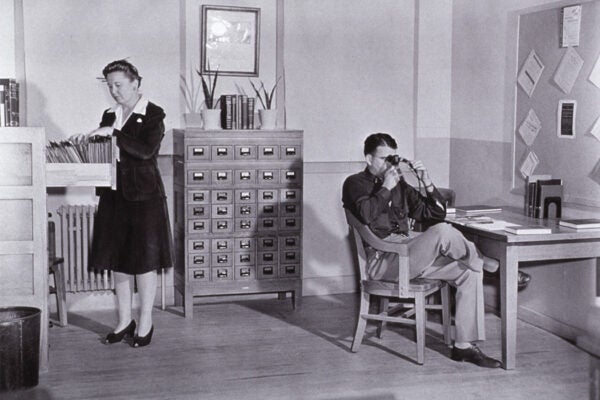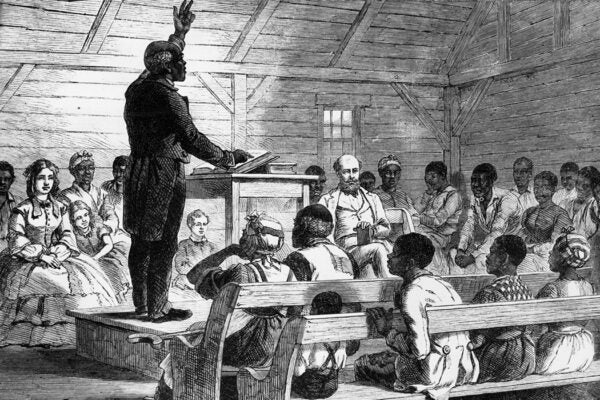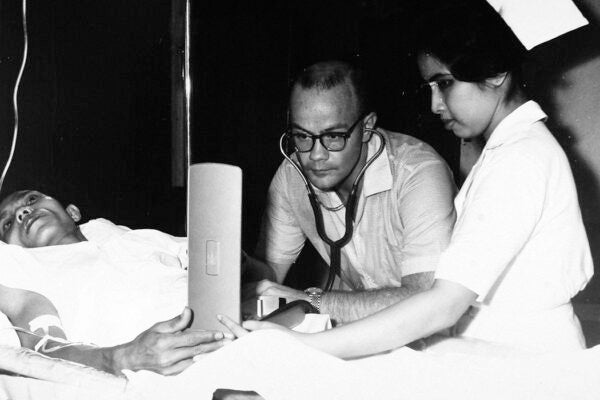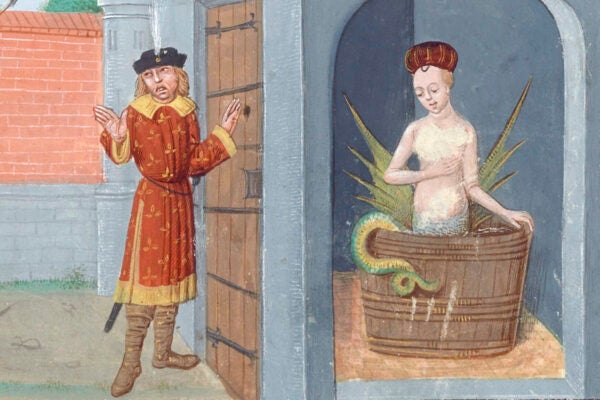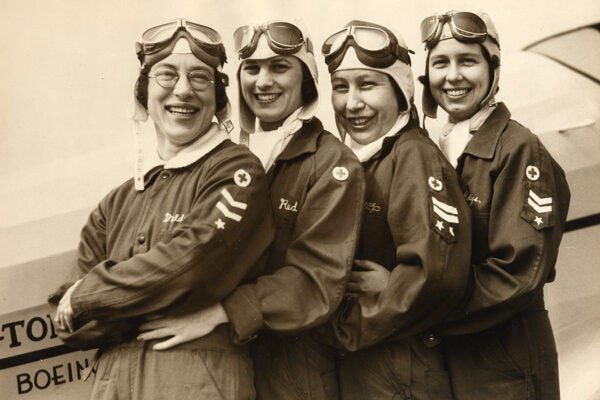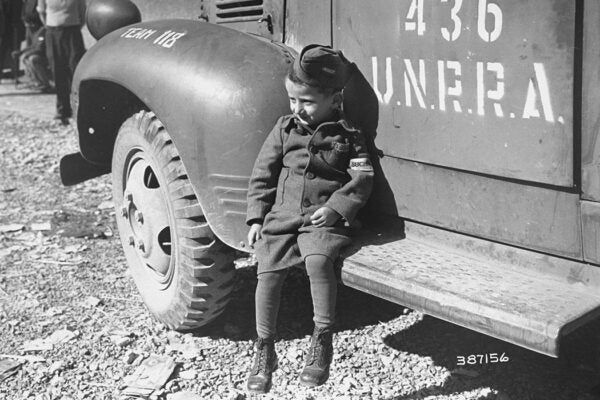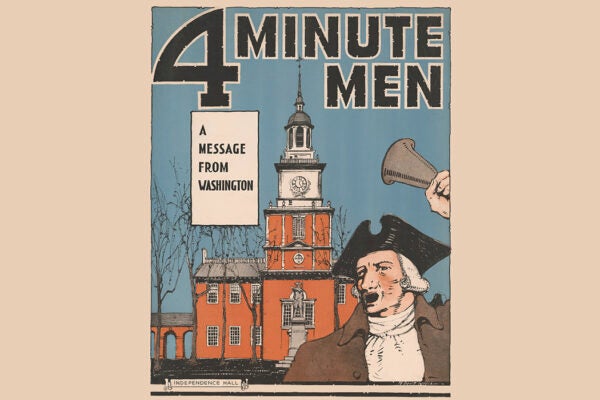How American Librarians Helped Defeat the Nazis
Recruited to the war effort thanks to their deft research skills and technological know-how, librarians used microforms to gather and share intelligence with Allied forces.
When Enslaved Virginians Demanded the Right to Read
In 1723, a group of enslaved African Americans petitioned the Bishop of London to ensure that their children could attend school and learn to read the Bible.
Who’s Afraid of the Filipina Coed?
Cultural depictions of the "transpacific Filipina" reflected anxieties about the changing education and social roles of women in the Cold War Philippines.
Subversive Student Writing at Carlisle Indian School
In the early twentieth century, some Anishinaabe students turned writing assignments meant to showcase assimilation into celebrations of resistance.
Scrub-a-Dub in a Medieval Tub
Contrary to popular misconceptions, Europeans in the Middle Ages took pains to keep themselves clean.
Translating Corn
To most of the world, “corn” is “maize,” a word that comes from the Taíno mahizwas. Not for British colonists in North America, though.
The High-Flying Life of Mary Riddle
One of the first Native American women aviators, Riddle leaned into stereotypes to earn a name for herself in the male-dominated world of American aviation.
Dervla Murphy: The Godmother of Hitting the Road
Perhaps the greatest female travel writer of her generation, Murphy defied the narrative of the dutiful Irish daughter—and motherhood—to find freedom.
When Family Separation Became a Human Rights Issue
In the aftermath of World War II, preserving the nuclear family became a key pillar of liberal democratic ideology.
The US Propaganda Machine of World War I
As the United States prepared to enter World War I, the government created the first modern state propaganda office, the Committee on Public Information.
